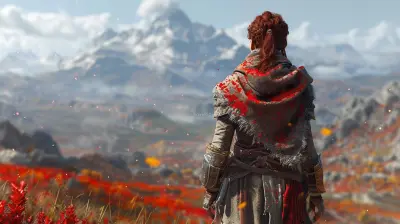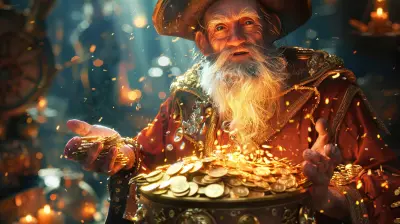Unleashing Creativity: Inspiring Ideas for Unique Game Characters
22 October 2025
You’ve got a brilliant game idea brewing in your mind—maybe it's an epic RPG, a bizarre platformer, or the next pixel-perfect indie sensation. But something's missing. You’ve nailed the world-building, the game mechanics are sweet, the soundtrack slaps... and yet, your characters feel like they were crafted by a robot who binge-watched a few generic genre tropes (hello, angsty warrior #459). Don’t worry. We’ve all been there.
Creating unique game characters is honestly one of the most exciting—and challenging—parts of game development. It’s not just about cool outfits or quirky abilities; it’s about making someone memorable. Someone your players won’t just control—they’ll remember, root for, and maybe even cosplay as at conventions.
So, how do you breathe life into your characters and make them truly stand out?
Let’s unlock that creative vault of yours and dive into some fresh, fun, and inspiring ideas for building one-of-a-kind game characters that players will absolutely fall in love with!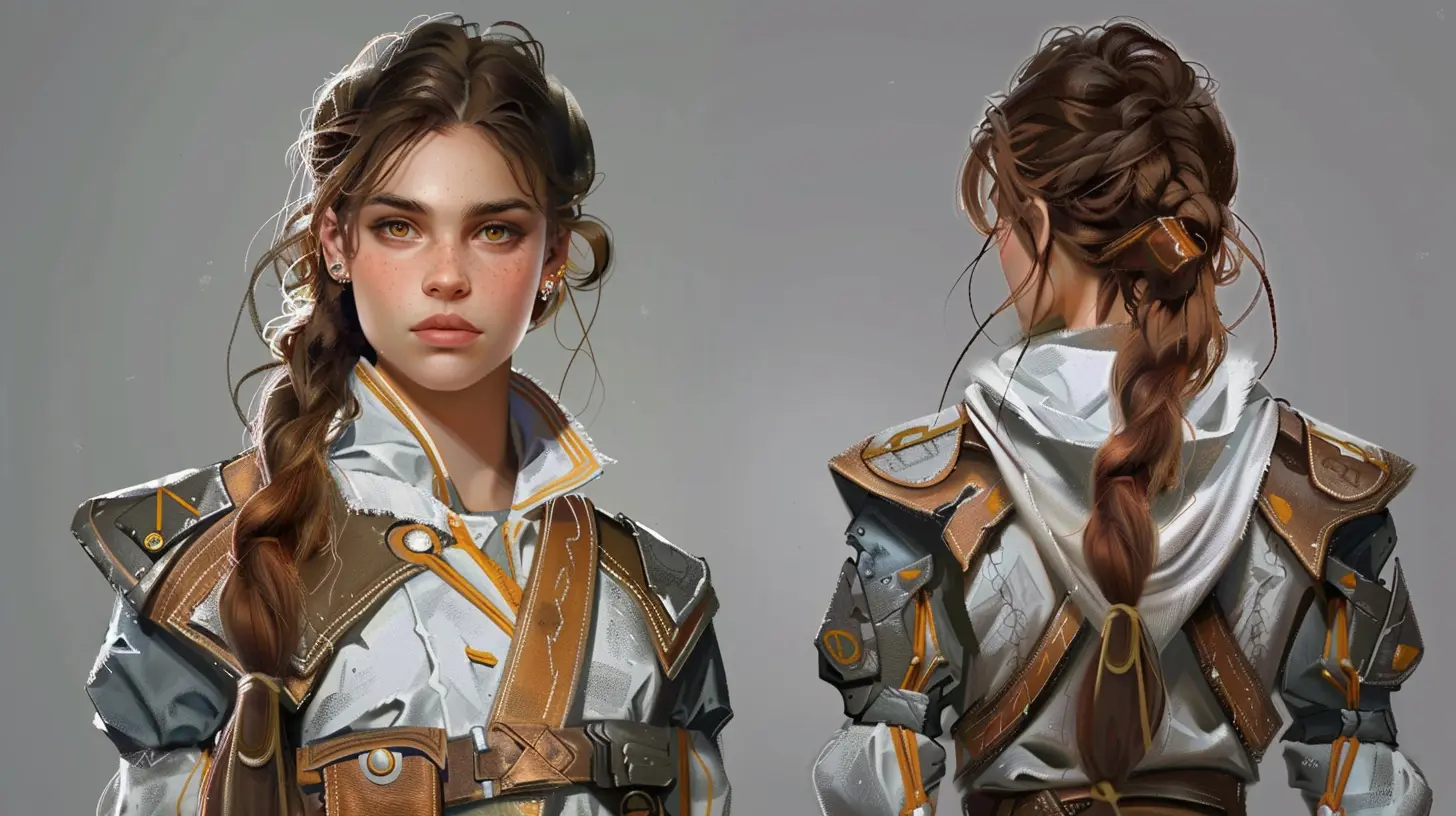
Why Unique Characters Matter
Before we jump into the juicy stuff, let’s talk real quick about why character uniqueness even matters.Characters are the emotional lifeline of your game. They’re how players connect to the story and gameplay. Think about it—would Hollow Knight feel the same if you were playing as a generic knight? Or Undertale, if you weren’t meeting quirky characters like Sans and Papyrus?
Unique characters are unforgettable. They stick with people long after the credits roll.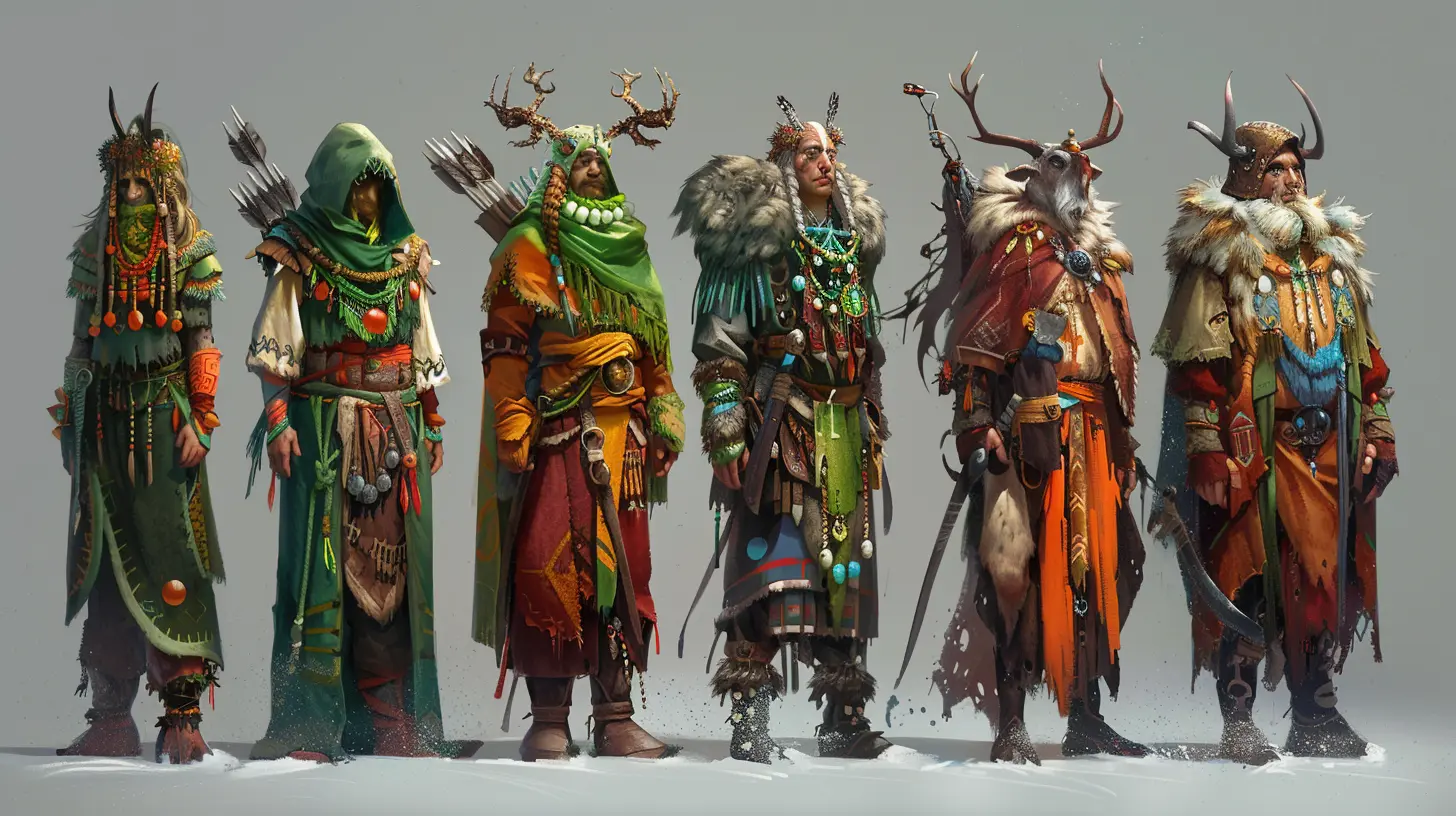
Start with a Weird "What If?"
One of the best ways to come up with fresh character ideas? Ask yourself a bizarre, out-of-the-box "what if?" question.- What if a sentient plant dreamed of becoming a chef in space?
- What if a shapeshifting toaster was on a quest to find its lost plug?
- What if a ghost was allergic to ectoplasm?
Sounds silly, right? That’s the point! Posing weird questions forces your brain to paint outside the lines.
💡 Pro Tip: Don’t dismiss any idea just because it sounds dumb at first. Some of the most iconic game characters (looking at you, Katamari Prince) started from profoundly odd places.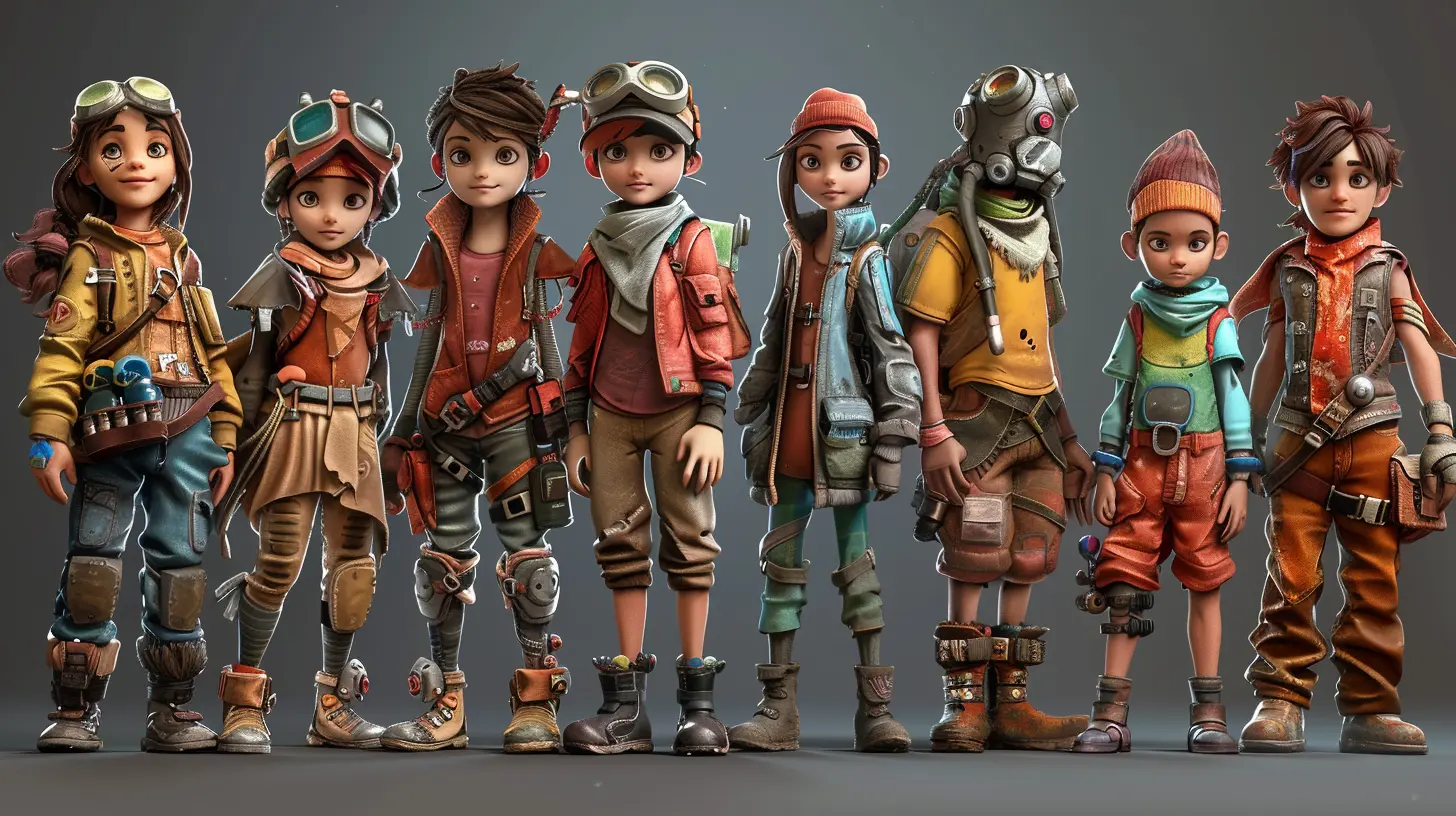
Blend Contrasting Traits
You know what's boring? Stereotypes. You know what's interesting? Contradictions.Try giving your character two traits that don’t normally go together. It creates complexity and curiosity, which is a fancy way of saying it makes players go, “Wait… what’s their deal?”
- A battle-hardened warrior who's terrified of the dark.
- A genius hacker who can’t use modern tech without breaking it.
- A villain who’s obsessed with positive affirmations and self-care.
These combos spark immediate intrigue. They give your character depth and open the door to unexpected story arcs.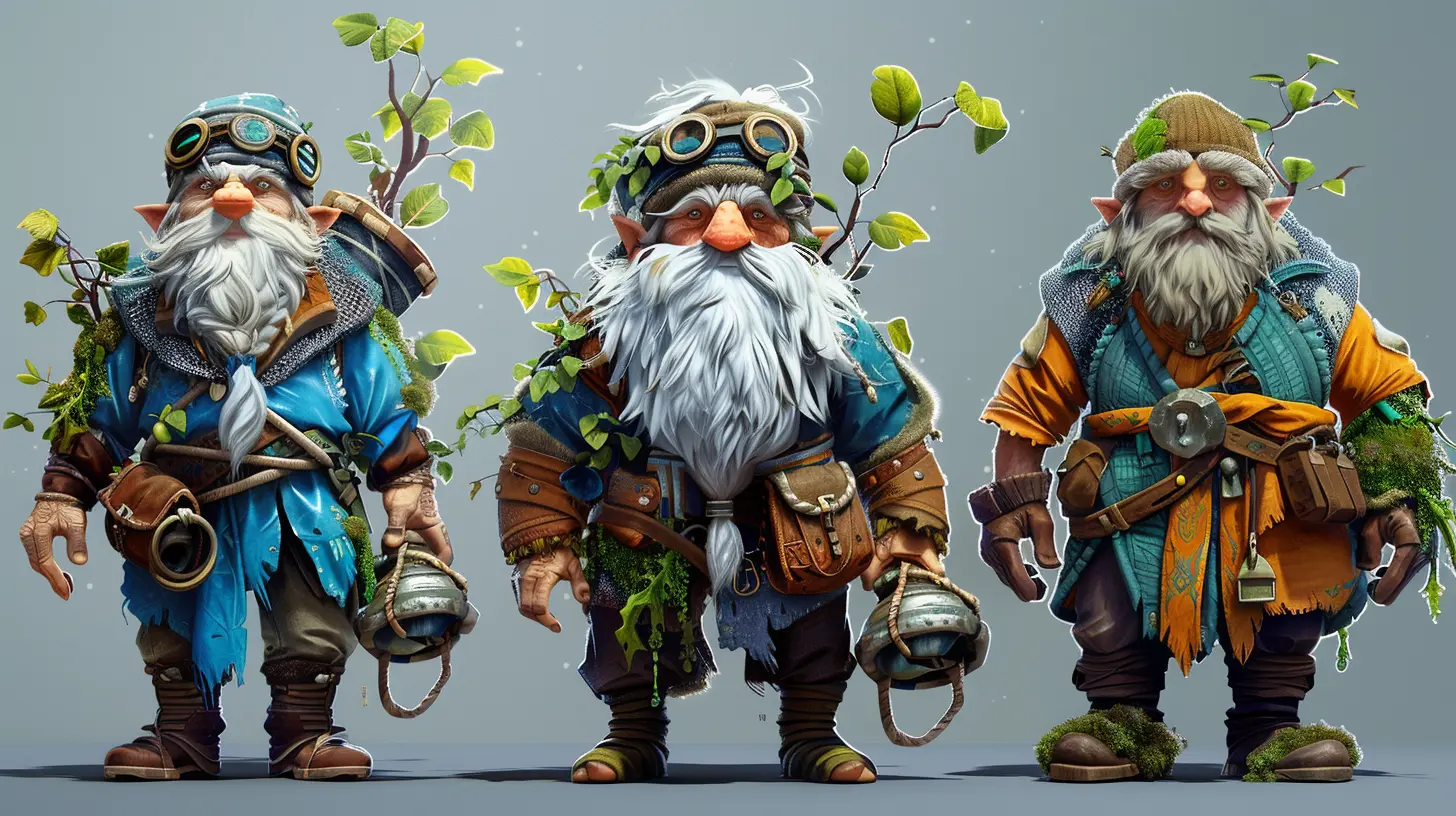
Build a Backstory (But Keep It Flexible)
Backstories are great, but don't fall into the trap of writing a 17-page tragic history that no one will ever read.Instead, jot down a few key points:
- Where did they come from?
- What do they want?
- What's stopping them?
- How have they changed?
Then use those beats to fuel the dialogue, gameplay, and character design. Bonus points if parts of their backstory are revealed slowly through the game.
Players love piecing together the puzzle. Think of your character’s history like sprinkles—not the whole sundae, but darn important for flavor.
Give Them a Signature Quirk
Okay, listen up: quirks are gold. They add charm, humor, and humanity. Every memorable character has that “something.”- Maybe your archer recites poetry before each shot.
- Maybe your sci-fi pilot talks to their spaceship like a pet.
- Maybe your zombie is vegan and only eats plant-based brains (ew, but I can't look away).
These little quirks turn characters into fan favorites. They’re the sauce on the spaghetti.
Just make sure the quirk reflects their personality or reveals something deeper. Quirks shouldn't exist just for random LOLs—they should feel like part of the character’s DNA.
Play with Archetypes—Then Break Them
There’s nothing wrong with classic tropes… until they’re the only thing you’re using.Sure, “the wise old mentor” is familiar—but what if they’re a 10-year-old with access to ancient knowledge? Or “the brooding antihero”... who’s also super into knitting?
Start with an archetype, but twist it. Flip expectations. Surprise your players.
Gamers have seen the usual suspects a million times. Give ‘em a remix.
Design with Purpose (Looks That Tell a Story)
A cool visual design isn't just eye candy—it informs character and gameplay. Ask yourself:- What does their outfit say about them?
- Are there scars, accessories, or symbols that reveal their past?
- Is their movement style tied to their story?
Someone who’s lived in a desert town their whole life might have sun-bleached clothing and walk with a desert-worn gait. A failed magician might have frayed gloves and a wand they pretend doesn’t sputter.
Details like these matter. They make characters feel lived-in, not just slapped together.
🎨 Pro Tip: When in doubt, sketch! Even a stick figure with accessories can inspire ideas.
Personality-Gameplay Fusion
Want your character to really feel integrated into the game instead of glued on top? Marry their personality to how they play.- A nervous explorer might move cautiously but has lucky escapes.
- A loud, brash bruiser might trigger combat by accident from shouting.
- A stealth-loving rogue could panic during a boss battle and accidentally start breakdancing. (Hey, accidents happen.)
When personality and gameplay feed off each other, it creates immersion. Players don’t just "control" a character—they become them.
Don’t Forget the Voice (Yes, Even When There’s No Voice Acting)
Whether your character speaks or stays silent, they should still have a “voice.”That means:
- How they express themselves,
- Their tone in dialogue,
- How they communicate feelings (verbally or through actions).
Silent characters can have a voice through body language, facial expressions, and how they respond to the world.
Think of Link from Zelda—he rarely talks, but we still get who he is.
Group Dynamics: Spice It Up
If your game features multiple characters, make sure they aren’t cookie cutters of each other. A motley crew is way more fun.Contrast creates yummy drama:
- Serious vs. silly.
- Optimist vs. realist.
- Rule-follower vs. wild card.
And don’t forget chemistry! Even if characters clash, they should bounce off each other in entertaining ways. That’s where the magic happens—like watching an unlikely group of misfits save the galaxy (Guardians of the Galaxy vibes, anyone?).
Pull Inspiration from Unusual Places
When in doubt, go weird. Real weird.Great character inspiration doesn’t always come from other games—it can come from:
- Mythology and folklore (ever heard of a Kasa-obake? It’s a hopping umbrella ghost. Yes, really.)
- Obscure historical figures,
- Children’s drawings (yep, ask your cousin),
- Dreams and nightmares,
- That bizarre dude on the train who was preaching about coffee conspiracies.
Mash up sources. Combine things that shouldn’t go together. That’s where originality lives.
Let the Player Shape the Character (When It Makes Sense)
Sometimes, the most unique characters are the ones YOU help shape in the game.If you’re making an RPG or a game with choices, allow the player to influence who their character becomes:
- Do they act selfishly or heroically?
- Do they make peace or war?
- Do they save the cat or chase the loot?
Your job as the developer is to give players the tools to create their own unique version of the character. It’s like giving them a sandbox and saying, “Go wild.”
Don't Overthink It (Seriously)
Here's the thing: You don’t need to reinvent storytelling entirely or create the next cultural icon from scratch. Not every character needs to be the next Geralt of Rivia or Ellie from The Last of Us.Sometimes, simplicity shines.
Focus on characters that are:
- Honest,
- Fun,
- Reflective of your game’s world.
And remember, iteration is your best friend. Your first draft won’t be perfect—and that’s okay! Keep refining. Ask for feedback. Playtest. Watch how players react.
Creativity isn’t a lightning bolt—it’s a campfire you keep feeding with sparks until it lights up the whole forest.
Final Thoughts: Give Your Characters a Soul
At the end of the day, flashy mechanics and cool designs are great. But what players truly remember? The ones that make them feel.Make your characters relatable—and not in a forced, “how do you do, fellow kids?” kind of way. Just make them real in their struggles, dreams, and quirks.
Whether they’re a rogue AI or a wooden spoon given sentience (hey, don’t judge), what matters is heart.
So go forth, game devs. Unleash that weird, wild imagination of yours. Populate your worlds with characters no one’s ever seen before—and give us gamers someone worth pressing ‘Start’ for.
all images in this post were generated using AI tools
Category:
Character CustomizationAuthor:

Tayla Warner
Discussion
rate this article
1 comments
Kane McLain
Unique game characters are mirrors reflecting our own complexities. By embracing diverse traits and backgrounds, we not only enhance gameplay but also invite players to explore their humanity.
October 22, 2025 at 3:52 AM
